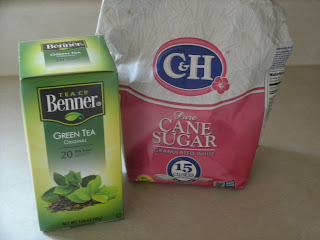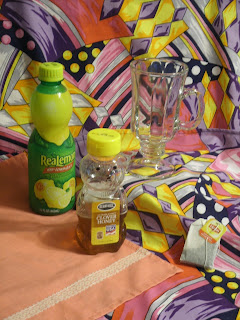Ataya/Waraga/Tuareg Tea

"Berber Whiskey" What do you make on a Saturday afternoon when you're tired? I mean really tired. Like you just woke up from a 3 hour nap, and all you want to do is go back to sleep. I will admit I was a bit leery of this one when I found out how it was made, but this is wildly popular so I had to try it. This version of tea has many names, and some sources say that this is used like alcohol in cultures that forbid drinking and using drugs. Ataya (or attaya - I've seen it spelled both ways), also known as Tuareg tea (so named for the Tuareg tribe), is a very social tea ceremony in West Africa. Most reviews say to expect to take at least 3 hours and have several rounds of tea. Over time, each round of tea is supposed to get milder and sweeter. Sometimes instructions say that mint is added. It is popular in many countries: The Gambia, Guinea-Bissau , Senegal (The Gambia is actually inside Senegal with a small border on the Atlantic), Sierra Leone , Mali , Mau...


